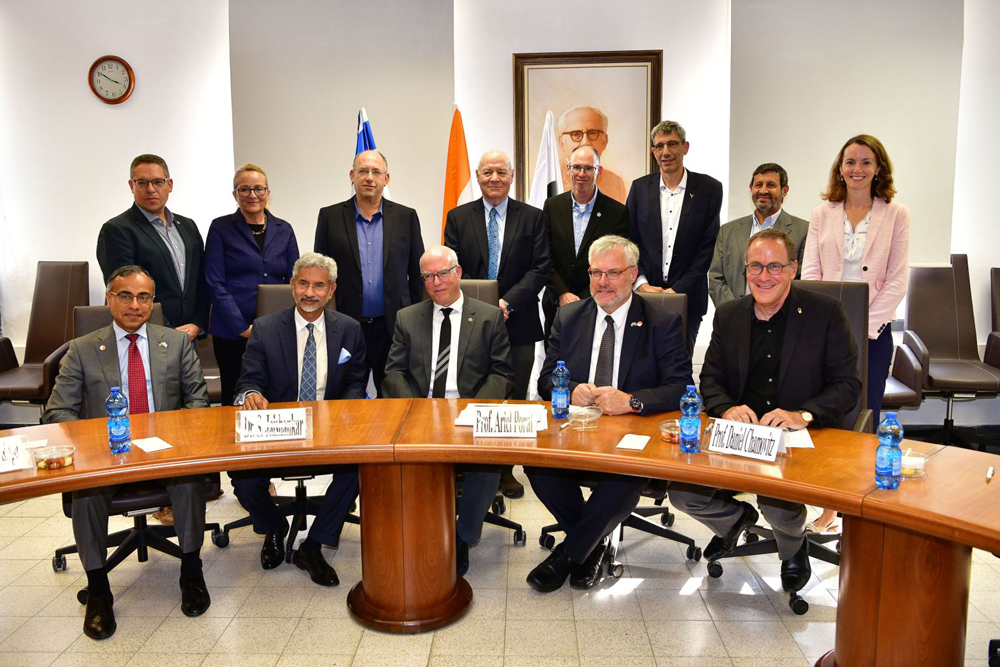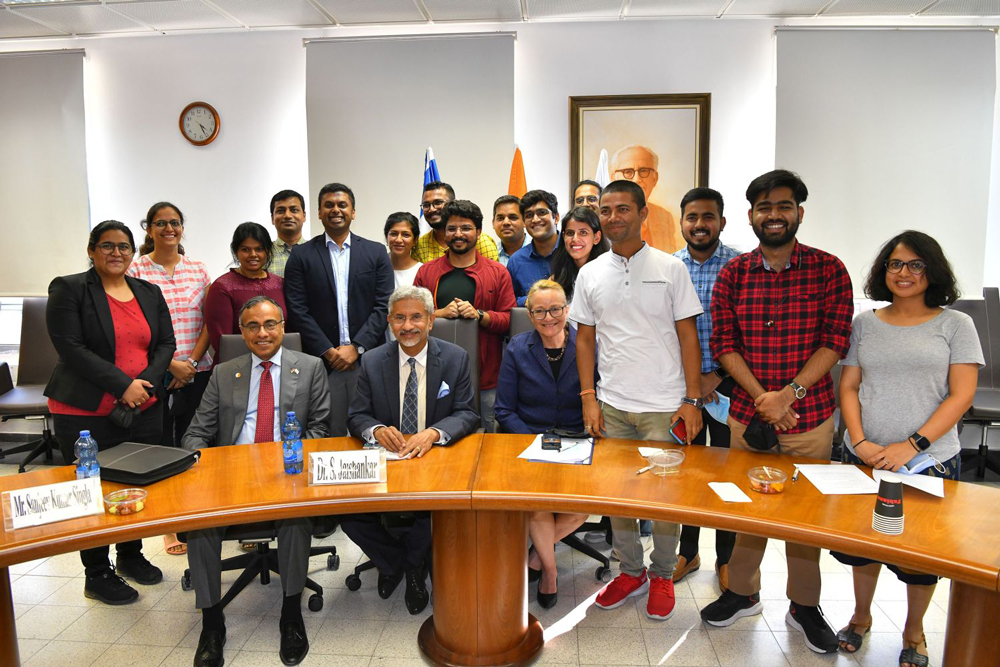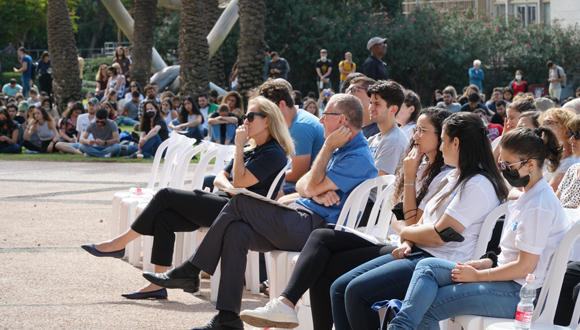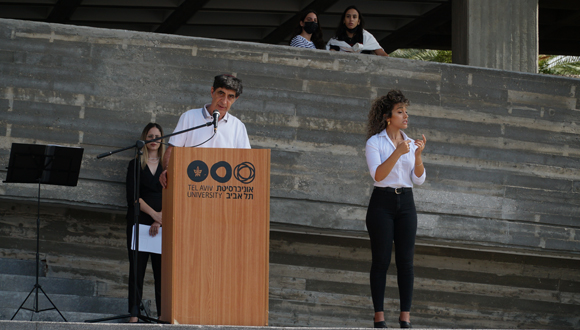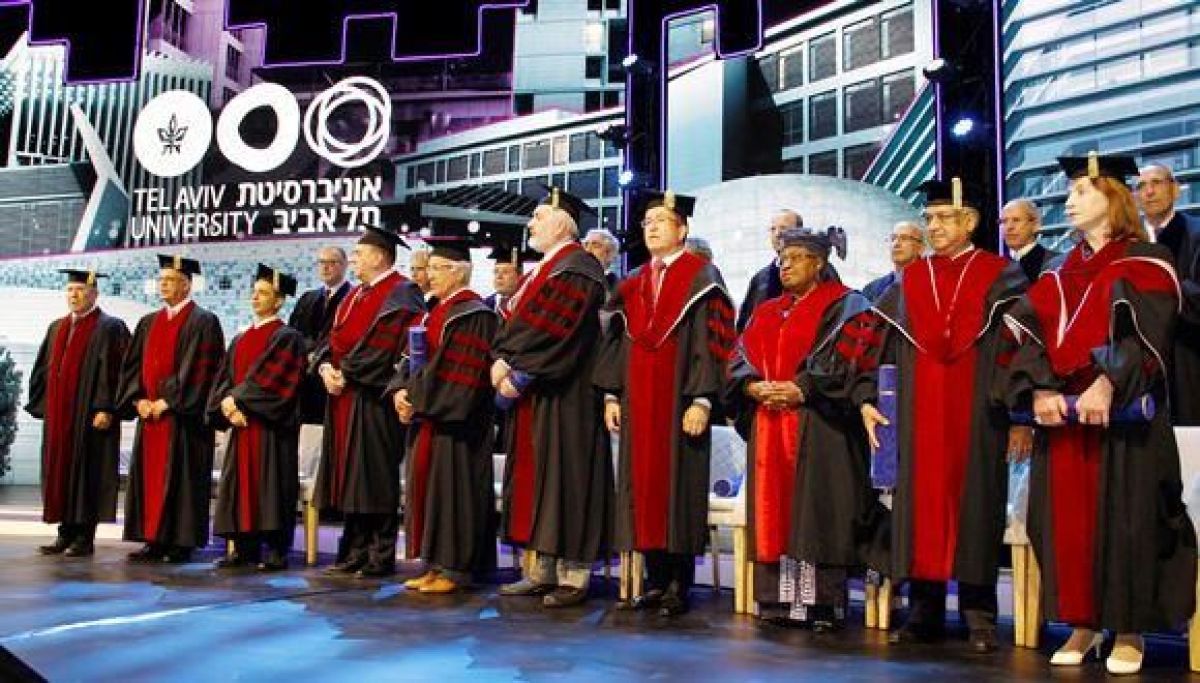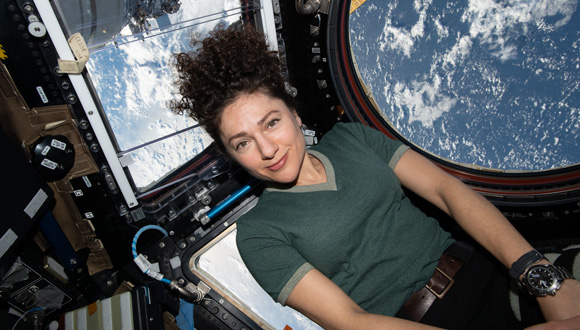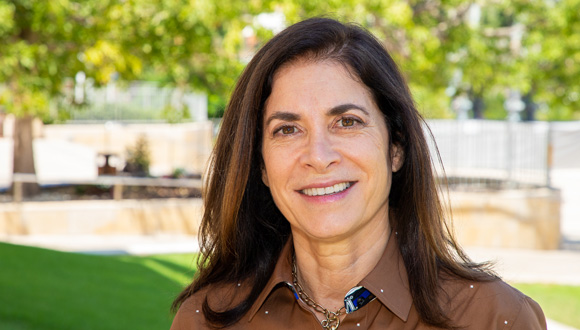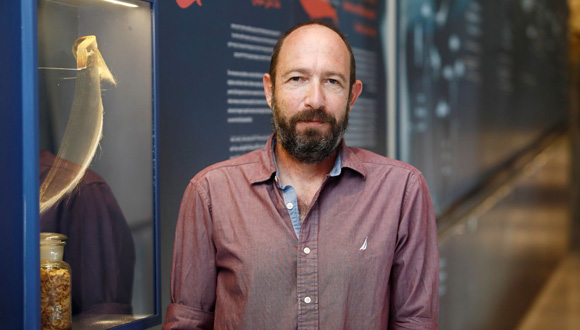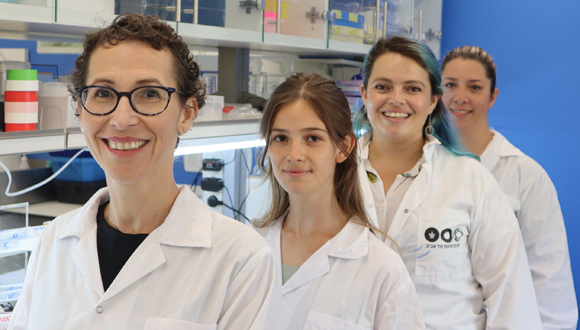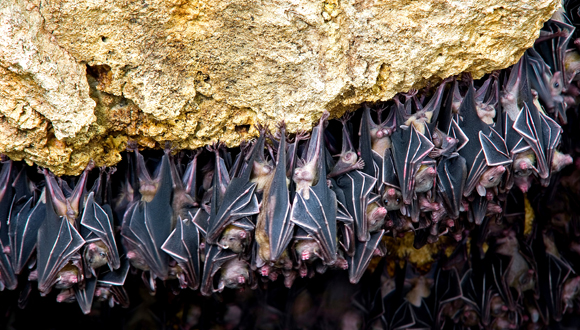394 TAU Researchers Among World’s Top 100,000
First in Israel in international ranking of leading researchers and articles in their field.
Leading academic publisher Elsevier has published its Stanford ranking, announcing the 100,000 researchers (whose articles Elsevier publish) who are among the top 2% in their fields. Tel Aviv University is the first among Israeli universities, with 394 of its researchers included on the list, The Hebrew University on a second place, with 283 researchers.
An impressive 13 TAU researchers are ranked among the top 50 in their field, among them Prof. Noga Alon of the School of Computer Science who is number one in his field. Prof. Alon, an expert in combinatorics (an area of mathematics primarily concerned with counting, both as a means and an end in obtaining results, and certain properties of finite structures), has won many awards, including the Gödel Prize for his pioneering work on Big Data, the Israel Prize in mathematics (2008) and the Israel Security Prize.
Prof. Ariel Rubinstein and Prof. Itzhak Gilboa from The Eitan Berglas School of Economics were ranked 5th and 6th in their field. Prof. Ariel Rubinstein received the Israel Prize for economics (2002) and has, among else, published “Perfect equilibrium in a bargaining model”, an important contribution to the theory of bargaining. Prof. Itzhak Gilboa is an Israeli economist with contributions in decision theory and other fields in economic theory such as game theory and social choice. His main interest is in decision under uncertainty, focusing on the definition of probability, notions of rationality, non-Bayesian decision models, and related issues.
Prof. Jiska Cohen-Mansfield from the Department of Health Promotion at the School of Public Health, Sackler Faculty of Medicine ranked in 7th place in her profession. Prof. Cohen-Mansfield co-directs TAU’s Minerva Center for Interdisciplinary Studies of the End of Life. Her areas of research include: Psychology, Gerontology and Health Promotion.
Prof. David Schmeidler from the School of Mathematical Sciences and the Coller School of Management was ranked in 10th place. Prof. Schmeidler is a mathematician and economic theorist with important contributions, among else in the theory of individual decision making under uncertainty (decision theory).
TAU studies in the fields of life sciences, medicine, exact sciences and engineering stood out, the most represented field being clinical medicine with an impressive 139 researchers, followed by 59 from physics and astronomy, 36 from information and communication technologies and 35 from engineering.
In 2020, 333 TAU researchers were ranked among the top 2% in their respective disciplines, 12 of which were among the world’s top 50. Prof. Itzhak Gilboa was ranked 6th in the world in the field of theoretical economics, Prof. Jiska Cohen-Mansfield 12th in the world in the field of geriatrics and Prof. Emeritus David Schmeidler was ranked 12th in his discipline.
Read the full ranking here: https://elsevier.digitalcommonsdata.com/datasets/btchxktzyw/3




